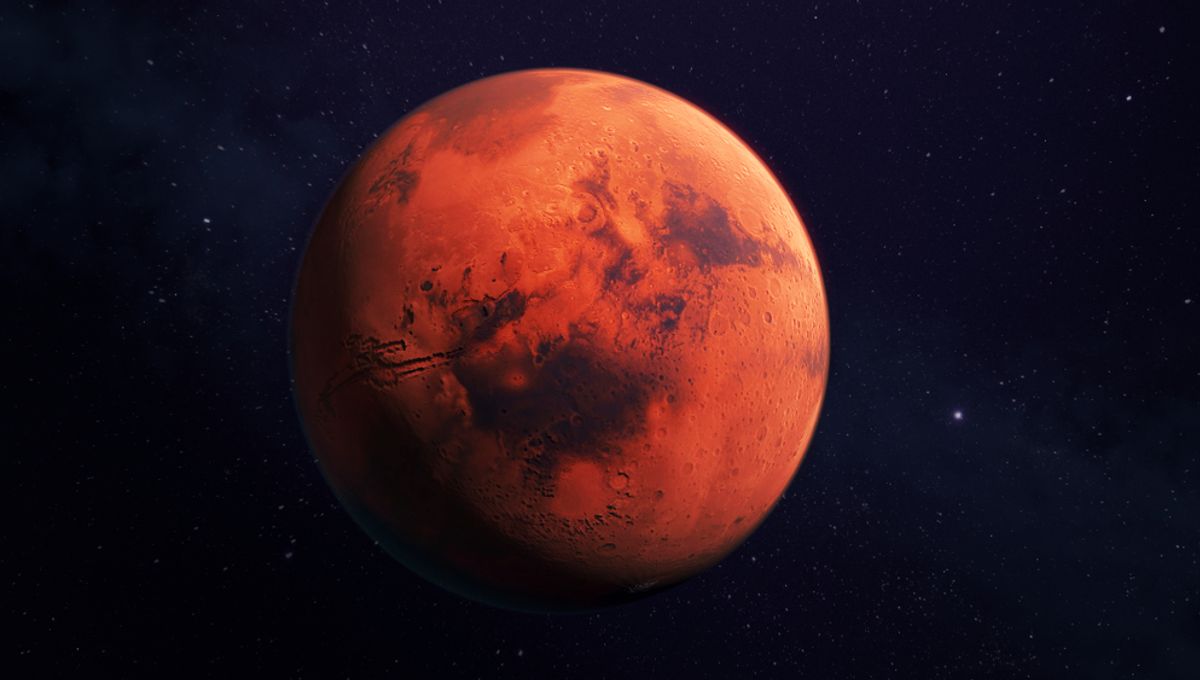
The organic molecules that enabled life to emerge were present on Mars around 4.5 billion years ago, research suggests. And while these critical components may have hitched a ride to Earth around the same time, it was on the Red Planet that life found the most hospitable conditions.
Earth and Mars are both members of inner Solar System, which is made up of four rocky planets and the asteroid belt. Shortly after their formation, these terrestrial planets endured a brutal bombardment as a torrent of asteroids rained down on the inner Solar System.
While these rocks became assimilated into the crust of both Earth and Mars, the movement of plate tectonics on our home world caused these ancient meteors to be recycled into the interior of the planet. In contrast, the surface of Mars is stationary, which means the rocks that smashed into the planet in the distant past remain in place and can be studied.
By analyzing 31 Martian meteorites, the study authors sought to answer a series of fundamental questions about their origin. For example, until now scientists had never determined whether these ancient projectiles came from the inner or outer Solar System, or whether they carried any of the organic material that could have allowed life to develop.
Using ultrahigh precision chromium isotope measurements, the researchers identified the meteorites as carbonaceous chondrites from the outer Solar System. Based on the prevalence of such rocks on Mars and the fact that ice usually accounts for 10 percent of their mass, the authors calculated that these ancient impacts brought enough water to Mars to cover the entire planet in 307 meters (1,007 feet) of water.
Significantly, carbonaceous chondrites from the outer Solar System are also known to have transported organic molecules such as amino acids to the inner Solar System. These compounds are essential for the formation of DNA, and are likely to have provided the raw materials that allowed life to emerge.
“At this time, Mars was bombarded with asteroids filled with ice. It happened in the first 100 million years of the planet’s evolution,” explained study author Professor Martin Bizzarro in a statement. “Another interesting angle is that the asteroids also carried organic molecules that are biologically important for life.”
However, while conditions on Mars may have been ideal for life at this early juncture, the same can’t be said for Earth. “After this period, something catastrophic happened for potential life on Earth,” says Bizzaro.
“It is believed that there was a gigantic collision between the Earth and another Mars-sized planet. It was an energetic collision that formed the Earth-Moon system and, at the same time, wiped out all potential life on Earth.”
Taken together, these findings suggest that life probably had a better chance of thriving on Mars than on Earth during the formative years of the inner Solar System.
The study is published in the journal Science Advances.
An earlier version of this article was published in November 2022.
Source Link: Could Mars Have Been The Birthplace Of Life In Our Solar System?